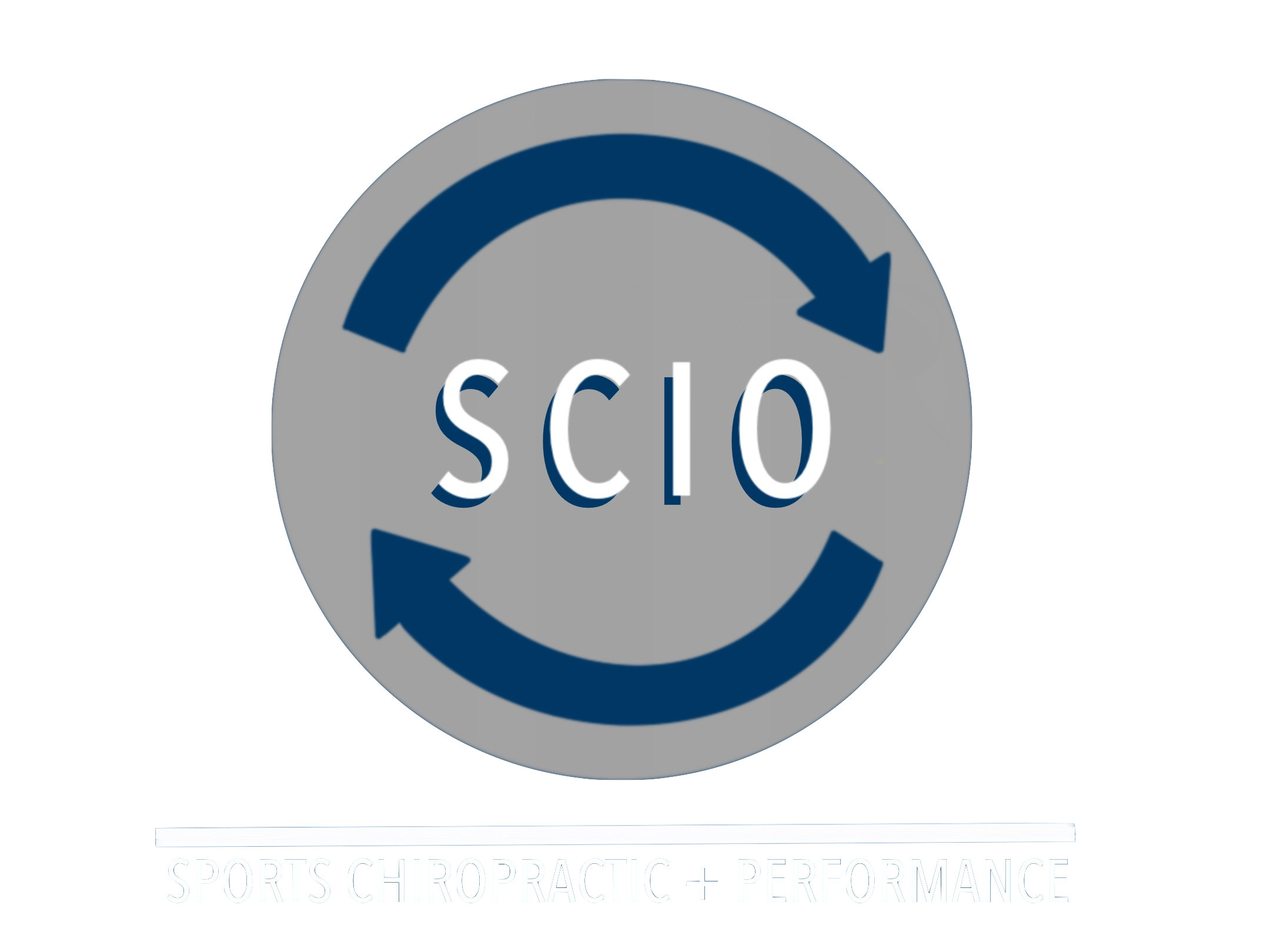Scraping: What Does it Do? IASTM Explained.
Today we’ll be exploring one of my favorite manual therapy techniques; Instrument Assisted Soft Tissue Mobilization or IASTM for short. You might recognize this as the “scraping” or “stripping” intervention I use at the office! The history of IASTM stems from China in the 1300’s. The technique was called Gua Sha (gwahsha), which is Chinese for “scraping.” The Chinese believed that the energy that flowed through your body could become trapped and cause pain or tension in the muscles and joints. To solve this, Gua Sha was created. Patients were gently scraped with smooth stones to release the energy and ease the pain and tension of the muscles, but also improve circulation of the blood - all of which aids in the healing process. This technique still exists today but has been adapted and improved upon using various tools and techniques through the ages into what eventually has become IASTM. The intervention itself remains very similar today as well; by returning the body to its original state after scarring, reduction in flexibility, or overall tightness, we can create the ideal healing environment for the body’s self-repair systems and even improve them. This is facilitated through the application of IASTM.
We’ve since moved on from the stone age and the types of tools we use now for IASTM resemble tools you’d see in an operating room or butcher shop. Most tools can be intimidating as they can look like blades made of stainless steel. The tools I use in the office are primarily through RockTape’s RockBlades and Mohawk lines. These tools are made of stainless steel and feature edges of different angles to provide options for treatment variability. These tools are effective at addressing muscle and fascial restrictions, but they also provide a means to screen for additional restrictions or adhesions in a process called “scanning”. Just like how body parts come in different shapes and sizes, IASTM tools can vary from broad two-handed tools to intricate finger tools. Small tools work well around bony areas of the body such as feet, the neck, and around the knees. The larger tools are great for working around larger parts of the body like the quads and hamstrings.
This tool is called the Mohawk and it features attachments to address both musculoskeletal and neuromuscular dysfunctions!
RockTape’s Blades are my go-to multipurpose IASTM tool.
Although most tools are made of stainless steel with contoured edges, all surfaces are dull and should not break the skin.
IASTM is definitely a simple intervention, but there are so many conditions that can benefit from this technique. The first and most global application of IASTM can be used for muscle recovery and improved blood flow after training/exercise. When you train a muscle, it breaks itself down and builds itself back up in order to become stronger. This can produce scarring within the muscle itself which can also limit its ability to function. IASTM can help manage this scarring to allow the muscle to function optimally while also increasing blood flow to the area, aiding the recovery process. To continue on the concept of scarring, IASTM can be useful with post-surgical recovery. Just like with muscle changes, surgical wounds create scarring during the recovery time. These types of scars can limit joint movement and cause pain. A common example of IASTM use is after an ACL repair to mitigate scar tissue around the knee where, often times, flexibility is lost if there’s too much scarring.
Another group of conditions that respond really well to IASTM treatments are inflammation of the tendons known as tendonitis. Tendons are notorious for having longer healing times because of their reduced blood supply, their frequent usage, and the way that they are structured. IASTM can be very effective in treating these conditions by promoting blood flow and healthy movements. Finally, IASTM is phenomenal for managing pain. When the muscles are loosened up and blood flow is increased, your brain sends out some feel-good chemicals from the brain that can help reduce the feeling of stress and place the body in a more relaxed state, similar to a massage.
If you think you can benefit from IASTM, send us a message!



